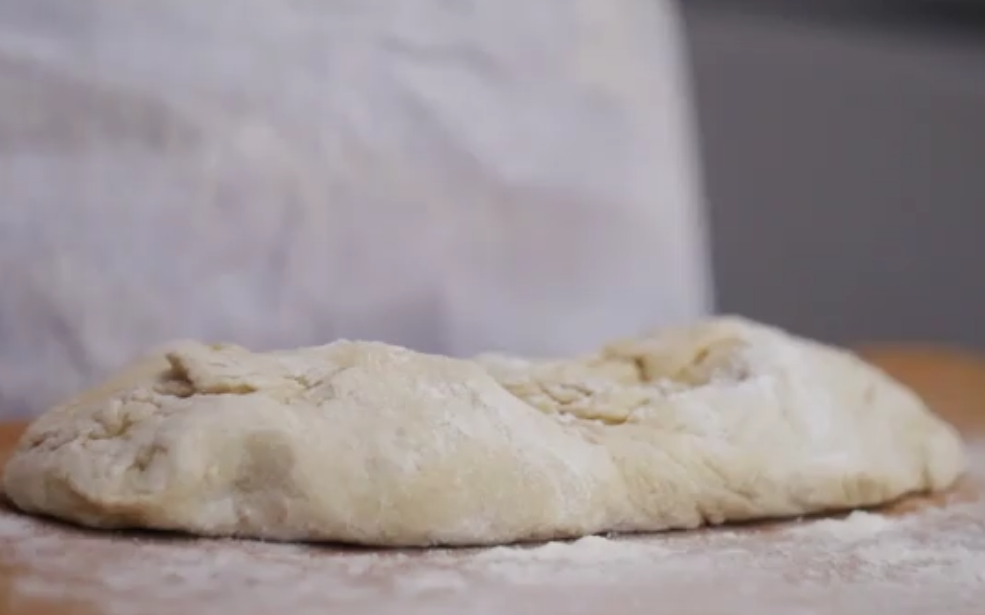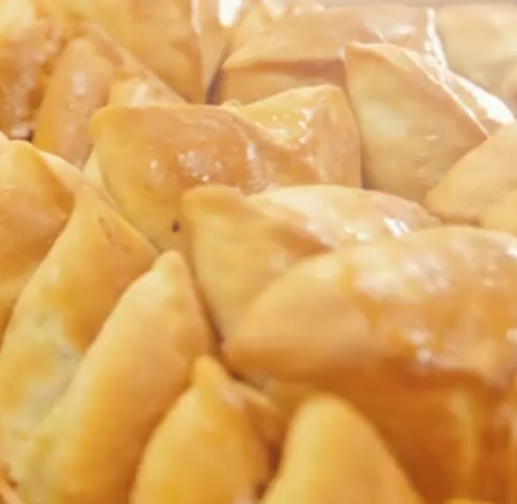Sourdough starter (wheat) is a traditional technology that improves the quality of baked goods, makes them rise with a wide range of flours and has a positive influence on the final product, improves the consistency, the shelf-life, the taste, but above all the functional and nutritional characteristics of the product.

It exerts a positive influence on the final product, improves the consistency, shelf-life, taste but above all, the functional and nutritional characteristics of the product.
Sourdough starter, better known as Mother yeast or levain, is a natural leavening agent made from a mixture of flour and water that captures wild yeast and beneficial bacteria from the environment. This mixture ferments over time, creating a symbiotic culture that can be used to leaven bread and other baked goods. Mother yeast is valued for its ability to enhance flavor, texture, and nutritional qualities in bread.
Composition
Mother yeast consists primarily of:
- Wild Yeasts: Naturally occurring yeast strains that ferment sugars in the dough, producing carbon dioxide and alcohol, which contribute to leavening.
- Lactic Acid Bacteria: These bacteria help ferment the dough and contribute to the characteristic tangy flavor of sourdough. They also improve the dough's acidity, which can enhance preservation.
- Flour: The source of carbohydrates that feed the yeast and bacteria.
There are many microbial communities involved in the natural leavening process, including:
- Saccharomyces cerevisiae
- Candida carpophila
- Hyphopicchia pseudoburtonii
- Torulaspora delbrueckii
- Kazachstania humilis
- Kazachstania bulderi
- Kazachstania saulgeensis
- Kazachstania unispora
- Rhodotorula mucilaginosa
Nutritional Benefits
- Digestibility: The fermentation process breaks down gluten and phytic acid, making nutrients more bioavailable and easier to digest.
- Flavor: Mother yeast imparts a unique, complex flavor profile to baked goods, often described as tangy or slightly sour.
- Preservation: The acidic environment created by lactic acid bacteria can help inhibit spoilage organisms, extending the shelf life of bread.
Physical Properties
- Appearance: A thick, sticky paste or batter, typically with visible bubbles from fermentation.
- Smell: A sour, tangy aroma, which is a result of lactic acid production.
- Texture: Gummy and elastic, indicating the presence of active fermentation.
Production Process
- Mixing: Combine equal parts flour and water in a clean container. Whole grain flours, such as whole wheat or rye, are often recommended to provide more nutrients for the yeast.
- Fermentation: Allow the mixture to sit at room temperature for several hours to a few days, stirring periodically. This encourages the growth of wild yeast and bacteria.
- Feeding: Once bubbles and a tangy smell develop, the starter is "fed" by adding more flour and water, which revitalizes the yeast culture.
- Maintenance: The mother yeast can be kept at room temperature with regular feedings or refrigerated for longer-term storage.
Applications
- Baking: Used primarily for sourdough bread, pancakes, waffles, and other baked goods. It can replace commercial yeast in recipes, allowing for slower fermentation.
- Fermented Products: Can be used to create other fermented products, such as pancakes, crackers, and even some beverages.
Environmental and Safety Considerations
Mother yeast is generally safe for consumption and offers a more natural alternative to commercial yeast. However, proper hygiene is essential during its preparation and maintenance to prevent contamination. Individuals with sensitivities to gluten should avoid using mother yeast made from wheat flour.
Storage
Mother yeast should be stored in a clean, airtight container in the refrigerator if not used frequently. It should be fed regularly to keep the culture active. When ready to use, the starter can be brought to room temperature and fed a few hours before baking.
Sourdough studies
![]() Sourdough starter
Sourdough starter 


